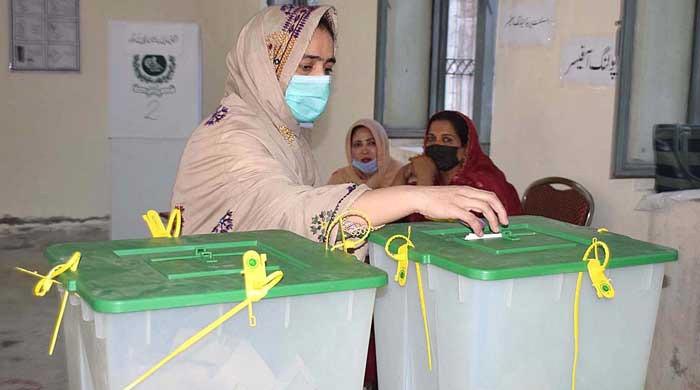THE emerging contribution of fish to global economy and food structure cannot be understated. Food and Agriculture Organization ranks fish as the second most traded food item globally. With fish consumption expected to increase twofold by 2050 considering the growing food insecurity, it is imperative to ensure operative development of the sector to cope with the projected demand.
This scribe had the opportunity to attend a recent forum titled International Conference on Fishing Communities (ICFC), organized by the Korea Maritime Institute, held in South Korea from 19 to 21 September 2023, that brought together experts and fisheries stakeholders from across the world to debate and proffer recommendations for sustainable fisheries. One of the emphasized aspects to promote effective fisheries’ operations was to enhance traceability. Ensuring robust traceability in the seafood industry is imperative due to issues like illegal fishing, human rights abuses and mislabeling. This involves comprehensive observer coverage, tracking systems and minimizing transshipment at sea.
Additionally, cross-referencing suppliers against lists of bad actors is crucial. These measures enhance risk assessment, fraud prevention and meet consumer expectations, ultimately boosting efficiency and product marketability. This is particularly vital in aquaculture, a cornerstone of global protein supply. However, concerns arise regarding antibiotic residues in farmed fish and shrimp. Misuse can lead to products surpassing safe chemical levels, resulting in market rejection, particularly in the EU. Addressing environmental contaminants and veterinary chemical hazards is essential for food safety. Therefore, responsible chemical use in aquaculture, including residual control, is paramount to prevent product rejection in the international market and ensure consumer safety.
The essence of the blue economy concept lies in efficiently tapping into the vast potential of the sea’s by-products. The challenge is to unlock their full potential and harness them in ways that benefit various industries and promote circularity – another highlighted aspect at the conference. Speaking of the potential, an individual unit of fish is more than its fillet. Worldwide, researches have explored uses of various parts of the fish, such as skin, head, blood and bones etc., which were conventionally discarded. Fish skin grafts, an ingenious creation, have aided burn victims, diabetes patients and those with infected wounds. Collagen-rich fish skin is also utilized for cosmetics and skincare. Bones are dried and exported for a protein-rich soup base, while extracting calcium for supplements is under exploration.
In addition, blue fashion is an emerging sector within the blue economy paradigm, focusing on sustainable alternatives for the resource-intensive fashion industry. It utilizes marine by-products like fish leather to create unique, durable and eco-friendly fashion items. This industry particularly integrates the human resource, especially women, from fishing communities as they are often the skilled artisans responsible for crafting unique fish leather products – a sustainable and relatively durable form of leather. This empowers them with alternative employment and economic independence, contributing significantly to the sustainability of both the fashion industry and their communities.
Fisher communities form the core of fishing operations and improving their safety at sea is imperative due to the alarming rates of occupational risks they face. Fishing is constantly ranked as the most dangerous profession owing to its occupational challenges and high fatality rate. According to the International Labour Organization, the fishing industry’s fatality rate is estimated at 25 deaths per 100,000 workers, compared to the global average of 6. Furthermore, a study published in the journal ‘Safety Science’ reported that fishing vessels are about 28 times more likely to experience fatal accidents than the average workplace. In this regard, formalization of safety protocols onboard and accidental disaster management systems need to be in place to swiftly respond to emergencies at sea. The integration of advanced technology, such as satellite communication and vessel monitoring system (VMS)aids in prompt search and rescue operations.
Another key focus area at ICFC was Illegal, Unreported and Unregulated (IUU) fishing which stands as a formidable force behind the degradation of marine ecosystems. It constitutes a significant portion, approximately one-fifth, of global fisheries catches, valued at a staggering $23.5 billion annually. This makes IUU fishing the third most lucrative natural resource crime, trailing only behind illegal timber and mining. Globally, there have been efforts to incorporate illegal fish trade into national structures to achieve a harmonized and sustainable fisheries industry. Traditional fishing practices, deeply rooted in cultural heritage, often operate outside formal policy and regulatory frameworks.
Recognizing and integrating these practices can enhance their contribution to livelihoods and local economies. According to reliable sources, Pakistan channels around 200 metric tons of tuna, valued at $200 million, to Iran through informal/unreported barter channels. This trade, not accounted for in the country’s official seafood export figures, represents a significant economic opportunity. Harmonizing this traditional practice with national and provincial laws could potentially catapult Pakistan’s seafood export value to aroundUS$1 billion, presenting a substantial boost to the economy. This alignment will foster responsible and sustainable fishing practices, in line with global endeavours for marine conservation, SDGs and blue growth.
—The writer is associated with the National Institute of Maritime Affairs. The views expressed are his own.
Email: [email protected]






